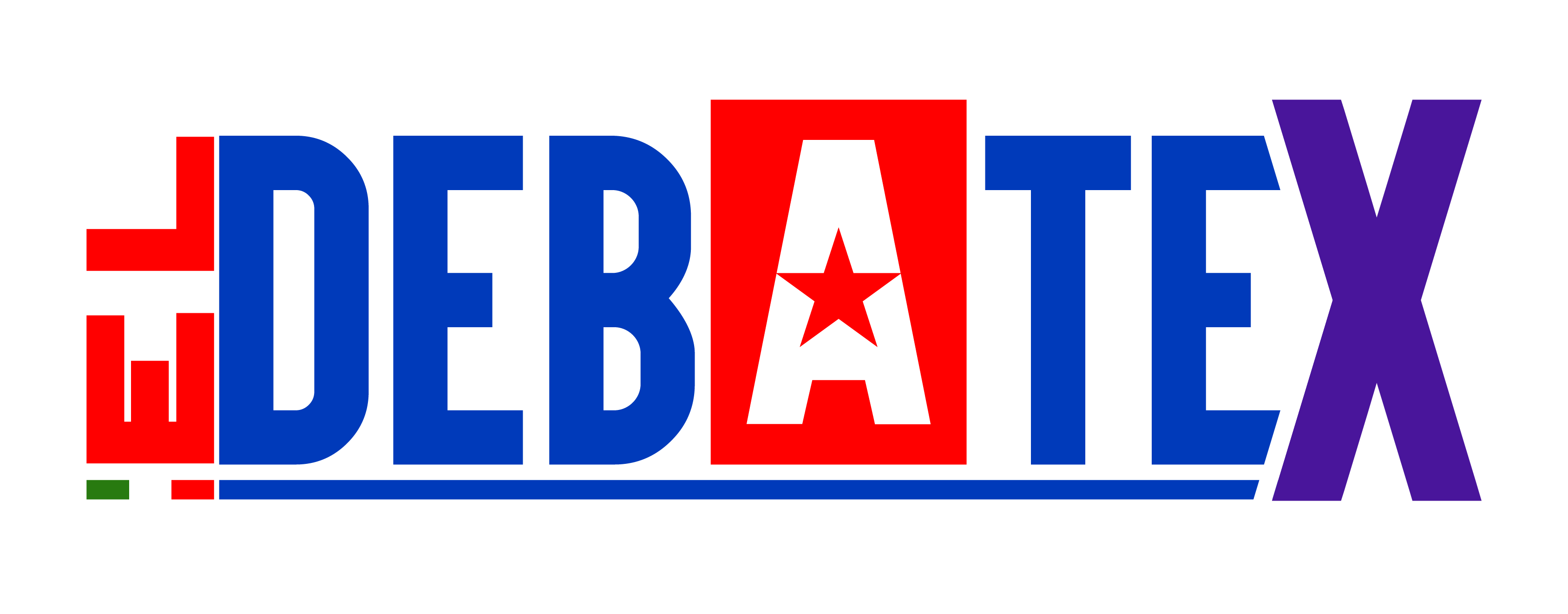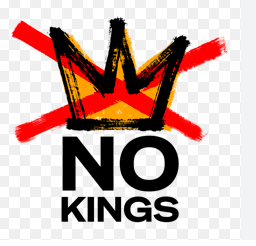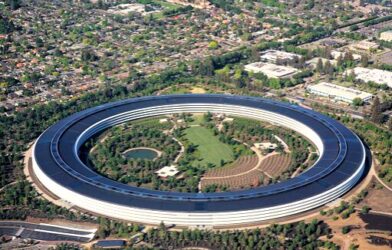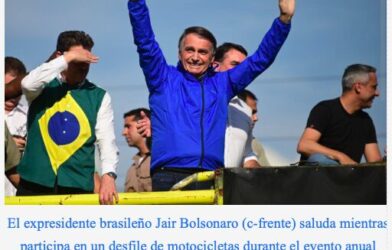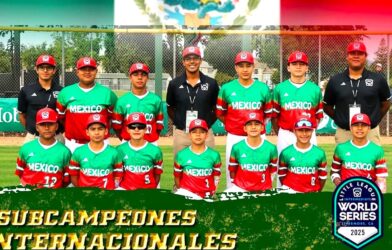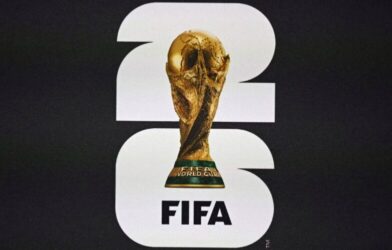IN SUMMARY
By Alfredo Cuéllar
“When tanks parade, democracy trembles.
And when people march, history is rewritten.”
I. The Parade of Power
On June 14, 2025, Washington D.C. became the stage for one of the most explicit displays of military power ever seen in peacetime America: the parade driven by Donald Trump on the occasion of Army Day, his 79th birthday, and his vision of ‘restoring national pride.’ Paradoxically, even the weather conspired: light rain diminished the grandeur of the parade, which was marked by a reduced audience. Over 7,000 troops, 160 armored vehicles, and flyovers of fighter jets and helicopters turned the capital into a spectacle that, for many, evoked authoritarian regimes more than a mature democracy.
From a fortified platform, the former president—once again the de facto leader of the country—saluted troops, administered oaths to new recruits, and spoke of strength, discipline, and greatness. Streets were closed. Opposing voices were displaced. Sympathetic media celebrated it as a patriotic rebirth. But in other corners of the nation, the streets told a different story.
II. The Cry of the Streets: “NO KINGS”
That same day, in over 2,000 cities, more than five million people gathered for what became known as NO KINGS Day, an organized, symbolic, and massive civic response against what many see as the advance of an authoritarian model disguised as nationalism.
The protests had little formal organization but abundant goodwill. Considering how numerous they were—millions across the nation—they became a remarkable display of civic responsibility and courage. Perhaps never before had so many diverse people stood united.
I was in Fresno. I marched alongside more than 500 citizens in a demonstration that, for me, was more than political—it was visceral. One of the most dramatic experiences of my recent life. Holding a sign that read “Power to the People, Not to the Parade,” I couldn’t help but recall another afternoon, many years ago: October 2, 1968, when I was wounded in Mexico’s Plaza de Tlatelolco as a member of the National Strike Council. Memories of that summer’s many marches flooded my mind.
In cruel irony, history returned me to the same symbolic place: between tanks, flags, and bodies mobilized to impose silence, I once again stood with those unafraid to shout when others choose to march in silence.
III. Two Visions of a Nation
Trump’s parade and the NO KINGS protest were not simply parallel events. They were deeply opposed symbolic acts. The former celebrated top-down order, uniformity, obedience, and state muscle. The latter championed creative disruption, dissent, collective memory, and the power of the masses.
The parade appealed to the nostalgia of empire.
NO KINGS demanded a living democracy.
While military machinery rolled down D.C. avenues, banners like “We Are Not Subjects” and “Democracy Dies in Parades” filled plazas in New York, Seattle, El Paso, and Fresno. In some places, the official response was harsh: tear gas, arrests, threats. But everywhere, the message was the same: the United States doesn’t need kings, crowns, or martial spectacles to exist. It needs justice, equality, and truth.
IV. Polarization, Peril, and Hope
This moment in American history is marked by unprecedented polarization. The parade was not just military—it symbolized a cult of personality, centralized power, and the use of the state as a personal stage. But the protests, diverse, grassroots, and massive, reminded us that democracy lives not in uniforms, but in dissent.
The paradox is clear: while Trump paraded with tanks, millions of us recalled that dictatorships, too, love parades. While he spoke of greatness, we spoke of rights. While he occupied national television, we occupied the streets.
While Trump will say, ‘It was wonderful, huge, beautiful, with crowds overflowing in support of me,’ others write articles like this—seeking to honor the truth of the “other side.”
V. International Resonance
The ‘NO KINGS’ cry did not remain on U.S. soil. Cities like Toronto, Berlin, Mexico City, Barcelona, Buenos Aires, and Tokyo also saw solidarity marches. From signs to cultural events, the message echoed a shared idea: what happens in the U.S. affects the world, and defending democracy is a global duty. These demonstrations have become the largest international protest against a U.S. government in this nation’s history. What began as a parade in D.C. turned into a planetary conversation about power, dignity, and resistance.
VI. Epilogue from Fresno
In Fresno, I saw young and old faces, Indigenous women, farmworkers, students, immigrants. I saw African Americans, Whites, Latinos, Armenians, and Asians. I saw tears, chants, and fury. And I saw something else: a spark of dignity that refuses to fade.
As in 1968, when we believed we could change the world through an assembly at the National University—or a rally in Tlatelolco—I believe it again today. Because when history is written with boots, it must be answered with footsteps. And when power rises above the citizens, the citizens rise above power.
Dr. Alfredo Cuéllar
Father of Micropolitics and author of the International Case Method Model. Co



